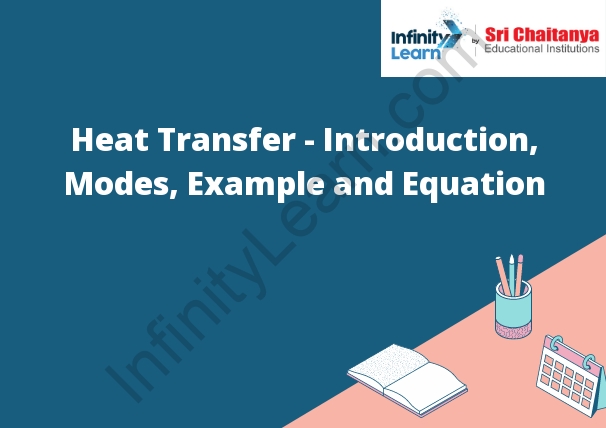Table of Contents
Heat Transfer
Heat transfer is the process of transferring thermal energy from one object to another. The three primary types of heat transfer are conduction, convection, and radiation. Conduction is the transfer of thermal energy through direct contact between two objects, convection is the transfer of thermal energy through the movement of fluids, and radiation is the transfer of thermal energy through radiation or electromagnetic waves.

What are Different Modes of Heat Transfer
There are three modes of heat transfer: conduction, convection, and radiation.
- Conduction is the transfer of heat from one atom to another in a solid material. When atoms vibrate, they create heat, and this heat is passed on to neighboring atoms. This process continues until the entire material is hot.
- Convection is the transfer of heat from one place to another by the movement of a fluid, such as water or air. Hot fluids rise, and cold fluids fall, so the heat is transferred from the hot area to the cold area.
- Radiation is the transfer of heat through empty space, without the need for a material medium. Heat is transferred by electromagnetic waves, which can travel through air, water, or even a vacuum.
Modes of Heat Transfer with Example
There are three modes of heat transfer: conduction, convection, and radiation.
- Conduction is the transfer of energy from one atom to another in a solid. This type of heat transfer is dependent on the temperature difference between the atoms and the distance between them. The faster the atoms vibrate, the more energy they will transfer.
- Convection is the transfer of energy from one molecule to another in a fluid. This type of heat transfer is dependent on the temperature difference between the molecules and the distance between them. The faster the molecules move, the more energy they will transfer.
- Radiation is the transfer of energy through electromagnetic waves. This type of heat transfer does not require a medium and is not dependent on the temperature difference between the objects.
Conduction of Heat
The transfer of thermal energy by the direct contact of particles is called conduction. It is a process in which kinetic energy transferred from one particle to another due to their collisions. In solids, the atoms or molecules are in close contact and the transfer of energy is very efficient. The rate of conduction depends on the temperature difference between the two ends of the material, the thickness of the material and the nature of the material.
Convection of Heat
In a gas, molecules are in constant motion. The hotter the gas, the faster the molecules move. In a convection oven, the heat supplied by a heating element that is located at the bottom of the oven. This heating element produces heat that rises to the top of the oven. The hot air then circulates around the food, cooking it evenly.
Radiation of Heat
- Heat radiation is the process of energy transfer by electromagnetic waves. Heat radiation can travel through a vacuum, and does not require a medium like air or water. The three types of electromagnetic radiation are radio waves, microwaves, and infrared radiation.
- Heat radiation used in a variety of ways, including cooking food, heating buildings, and producing electricity. The sun is the largest source of heat radiation, and it used to power the Earth’s climate and weather.
Factors Affecting Heat Transfer
The rate of heat transfer between two objects affected by a number of factors, including the:
- Temperature difference between the objects
- Size of the objects
- Shape of the objects
- Material of the objects
- Amount of air between the objects








